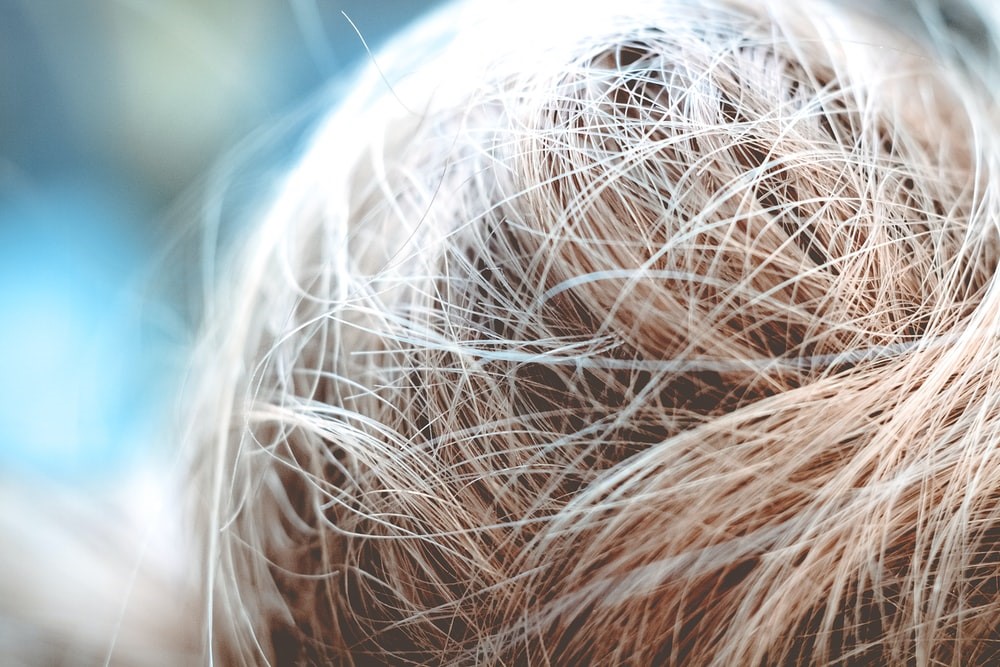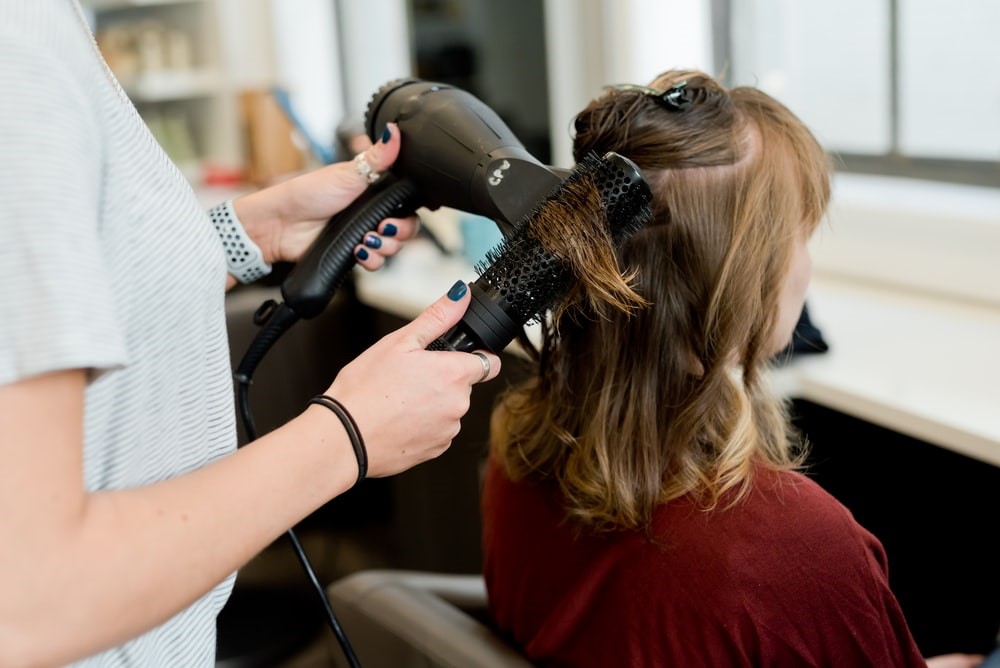Almost every adult has a story about their hair, including men and women. Many people do not know that most common hair problems occur due to stress. Our body does not like pressure; that is how much our hair does not want stress.
When that happens, not everyone can move around with depleted hair. That makes it imperative to seek a solution to prevent baldness. Haircare is essential, and you don’t have to wait to suffer hair problems before doing what is right.
Crowns come in all shapes, sizes, and textures, but one thing’s for sure: we all want healthy, happy hair that reflects our unique style. Unfortunately, navigating the vast landscape of hair problems can feel overwhelming. From dreaded dry scalp to unwelcome frizz, these concerns can impact confidence and leave us yearning for smoother, shinier strands.
This article intends to discuss common hair conditions and how to manage them.
Key Takeaway
Hair problems are the disorders that prevent the hair from keeping the right balance. The common hair problems are why the human hair becomes dry, grey prematurely, or falls off unexpectedly. Humans have had experience with dandruff, Alopecia, and Frizz at different times. Every hair issue has a solution to restore healthiness and quality.
The Top 5 Common Hair Problems and Their Potential Solutions
1. Alopecia (Hair Loss): When Strands Take a Vacation
Stress, hormones, and even those alluring but harsh hair products can trigger unwelcome hair loss. But before you panic, remember: shedding up to 100 strands daily is normal. It’s when that number skyrockets that alopecia might be lurking.
Solution
- Nourish from within: Prioritize a balanced diet, and protein-rich foods like eggs, lentils, and quinoa fuel healthy hair growth. Don’t underestimate leafy greens and fatty fish, packed with vitamins and minerals crucial for scalp health.
- Ditch the chemical onslaught: Opt for gentle, sulfate-free shampoos and conditioners. Consider switching to natural hair masks and scalp-soothing oils like jojoba or rosemary.
- Scalp TLC: Regular scalp massages with warm coconut oil or a DIY rosemary-mint hair oil blend boost blood circulation and promote follicle health.
- Embrace scalp-friendly styling: Ditch the heat! Air drying is your new best friend. Diffusing with low heat and a detangling spray is a gentler alternative when time is tight.
2. Dry Scalp Problem
From hormonal shifts like menopause and pregnancy to harsh chemical treatments, dryness can make your scalp feel like a desert landscape. Flaky, itchy, and uncomfortable, a dry scalp can be a real buzzkill.
Solutions:
- Wash strategically: Over-washing strips the scalp of its natural oils. Aim for two to three washes per week, using lukewarm water and a gentle, moisturizing shampoo.
- Hydration heroes: Deep conditioning treatments and leave-in conditioners infused with ceramides and hyaluronic acid are your new besties. Apple cider vinegar rinses can also help restore scalp pH balance.
- Protect against environmental aggressors: Pollution and sun damage can exacerbate dryness. Scalp serums with antioxidants and protective ingredients like vitamin E are your shield against harsh elements.
- Diet for scalp health: Omega-3 fatty acids found in fatty fish and walnuts nourish your scalp from within. Don’t underestimate the power of staying hydrated – water is your scalp’s secret weapon!
3. Dandruff: The Flaky Foe We All Despise
Dandruff is one of the most challenging hair problems anyone can have, even though it causes no harm. A typical symptom of dandruff is peeling particles seen underneath the hair. Dryness, infections, pollution, and harsh products cause dandruff. If a person’s diet is poor, that may also contribute to this health problem. That implies that everyone needs to maintain a balanced and healthy diet to prevent contracting dandruff.
Solution
- Consult a dermatologist: If over-the-counter dandruff shampoos aren’t cutting it, seek professional advice. A dermatologist can diagnose the underlying cause and recommend targeted treatments.
- Anti-dandruff allies: Look for shampoos containing ingredients like ketoconazole, zinc pyrithione, or salicylic acid. These heroes combat fungal overgrowth and soothe irritation.
- Scalp-soothing superstars: Tea tree oil, aloe vera, and witch hazel have natural anti-inflammatory properties that calm itchy scalps and combat dandruff flare-ups.
- Lifestyle tweak for a flake-free future: Stress management techniques like meditation or yoga can help regulate hormone levels and reduce dandruff-causing inflammation. Use products with anti-inflammatory properties.

4. Split Ends: When Strands Become Frazzled
This usually occurs due to oil’s inability to touch the bottom of the hair. Hairstylists suggest that cutting off the hair is an ideal solution to split ends. Excessive brushing of the hair and heat-styling are a few causes of split ends. An affected person shared her experience caused by a bad hair conditioner. Many people neglect the negative impact of these activities, yet they damage the hair significantly.
Solution
- Condition, condition, condition: Deep conditioning treatments with nourishing ingredients like avocado oil or shea butter work wonders on dry ends. Regular use of leave-in conditioners and hair masks is critical to preventing splits.
- Heat styling with caution: High heat is a split-end magnet. Minimize your use of hot tools, and when styling, always apply a heat protectant spray. Diffusing on low heat is a gentler alternative.
- Regular trims, but strategically: While regular trims are essential, avoid over-trimming, as this can stunt hair growth. Aim for trims every six to eight weeks, focusing on the damaged ends.
- Split End Therapy can be helpful for temporary measures.
5. Frizz
Inadequate moisture in the hair can cause it to frizz. It is one of the common hair issues associated with non-sealed cuticles, the hair’s outermost layer. That may occur due to dryness, exposure to the scorching sun, or hair damage. It is essential to ensure that the hydration level is well above the average levels. Surprisingly, frizz can be hereditary. If frizz did not occur due to the factors highlighted, hereditary could be another reason for it.
Solution
- Moisture is your mantra: Frizz thrives on dryness. Combat it with hydrating shampoos and conditioners infused with humectants like glycerin and hyaluronic acid. Leave-in conditioners and hair oils are your frizz-fighting fuel.
- Seal the deal: After showering, gently apply a leave-in cream or serum to seal the hair cuticle and lock in moisture. This acts as a barrier against humidity and prevents those pesky flyaways.
- Microfiber love: Ditch the rough terry towels! Microfiber towels gently absorb excess water without roughing up the hair cuticle, minimizing frizz and promoting shine.
- Embrace your natural texture: Trying to force straight strands on naturally curly or wavy hair is a recipe for frizz. Instead, learn to love and embrace your natural texture. Diffusing with a styling cream or curl-defining gel can help enhance your natural waves or curls without frizz.
- DIY frizz fix: Feeling adventurous? Apple cider vinegar and honey rinses can help restore scalp pH balance and tame frizz. Just remember to dilute and use cautiously!
Beyond the Basics: 2024 Hair Trends and Tech
The hair world is constantly evolving, and 2024 promises exciting trends and innovative technologies to take your hair game to the next level. Here’s a sneak peek:
- Scalp health takes center stage: Scalp care is no longer an afterthought. Expect to see a surge in scalp-specific products, serums, and treatments addressing everything from dryness to itchiness to premature aging.
- Hair testing goes high-tech: Personalized hair care is on the rise! DNA and microbiome testing kits can analyze your unique hair needs and recommend tailored products and routines for optimal hair health.
- Sustainable hair solutions: Eco-conscious hair care is gaining momentum. Look for brands using recycled materials, offering refillable packaging, and incorporating natural, plant-based ingredients.
- Virtual hair consultations: Forget salon consultations! AI-powered apps and virtual stylists can analyze your hair type, recommend personalized routines, and even suggest trendy cuts and styles from your home.
Conclusion
The common hair problems highlighted above are preventable if you understand their origins. That was why we had to discuss them extensively. Knowing about the dos and don’ts of hair can save you a lot of headaches. Care for your hair appropriately and maintain a good diet to eradicate the idea of hair loss.

